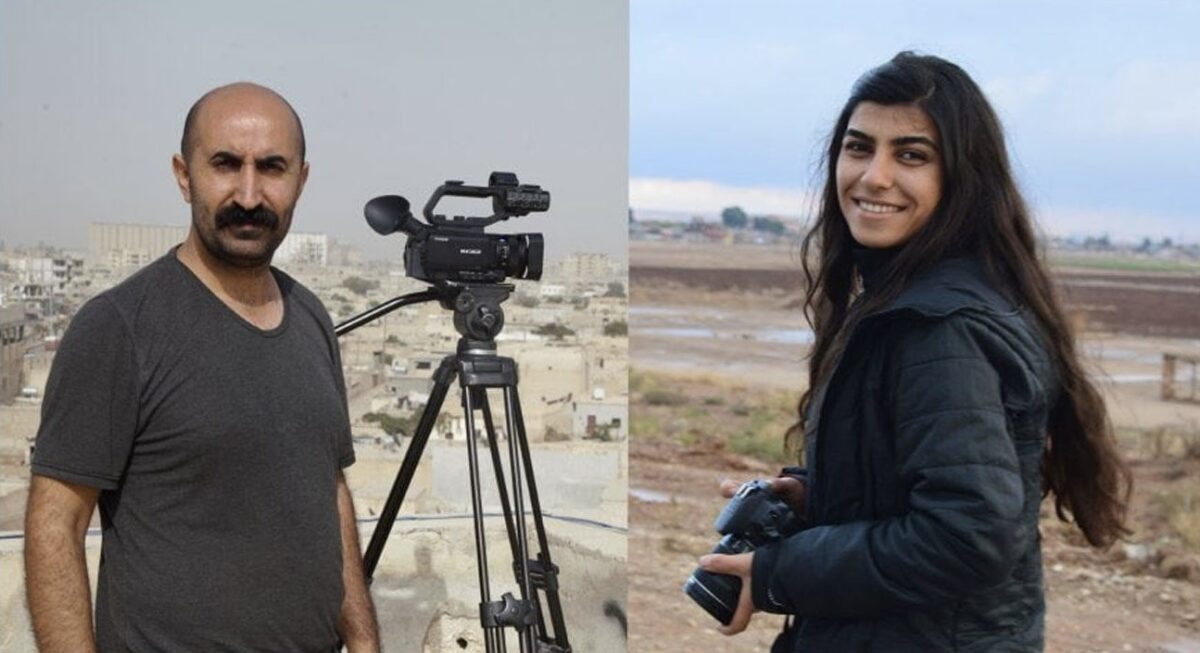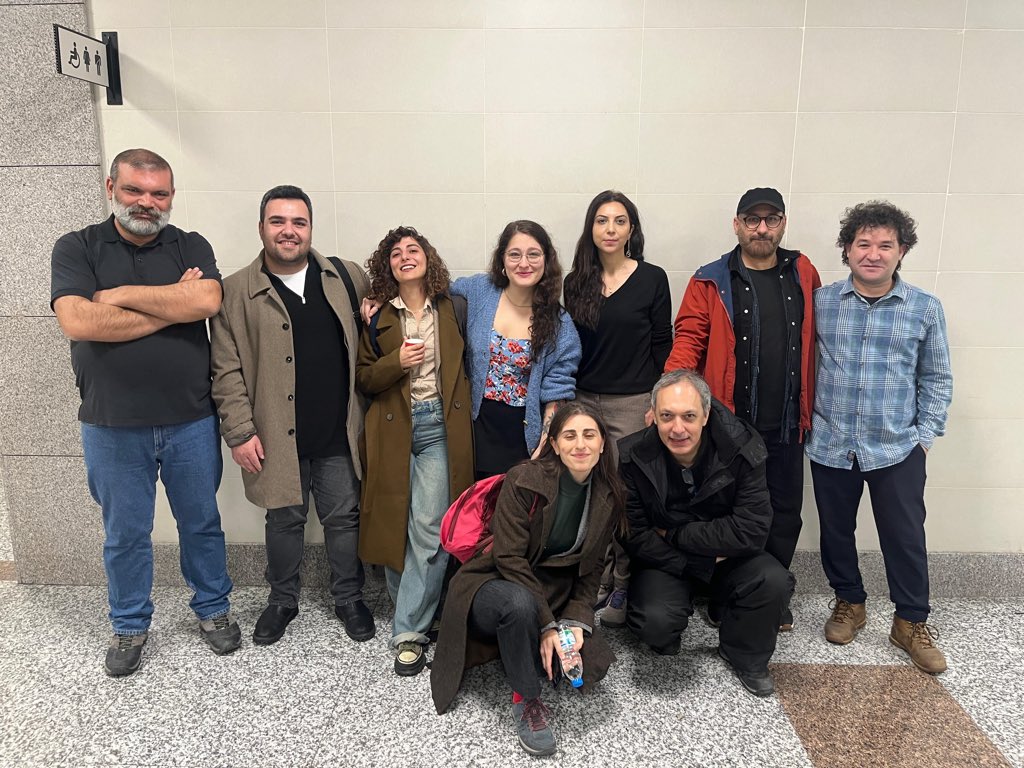Armenian Archbishop, victim of genocide, canonized by the Vatican
The Vatican has officially canonized Ignatius Shukrallah Maloyan, the Armenian Archbishop who was killed during the Armenian Genocide. The decision, announced just a month before Pope Leo XIV’s scheduled visit to Turkey at the end of November, has resonated deeply within Armenian and Catholic communities both in Turkey and abroad. Meanwhile, pro-government circles in Turkey have dismissed it as a “provocation.”
24 April 1915 marked the beginning of a systematic extermination campaign against the Armenian people in the Ottoman Empire. On 30 April, Turkish soldiers surrounded the Armenian Church and Archbishop’s residence in Mêrdîn (Mardin) under the pretext of searching for weapons. Finding nothing, they proceeded to destroy the archives and all church records.
Maloyan was repeatedly urged to convert to Islam in exchange for sparing his life. He evidently refused, declaring his faith publicly before his captors.
In the days that followed, Archbishop Ignatius Shukrallah Maloyan, together with hundreds of Armenian Catholic men from Mêrdîn, was arrested under accusations of “collaborating with the enemy.” Contemporary accounts describe the harsh conditions in which the prisoners were held captive and the torture they were put through during interrogations. According to the Dominican missionary Jacques Rhétoré, who later documented events in Mêrdîn, Maloyan was repeatedly urged to convert to Islam in exchange for sparing his life. He evidently refused, declaring his faith publicly before his captors.
On June 10 (or 11), 1915, after blessing his fellow detainees, Maloyan was taken with a convoy of prisoners outside Mêrdîn and executed by shooting. His body was never recovered. The Church later recognized his death as a martyrdom “in hatred of the faith.”
110 years later, on October 19, 2025, Archbishop Maloyan was formally declared a saint by Pope Leo XIV in a Vatican ceremony. Notably, the Pope did not use the word “genocide” during the event, likely aware of diplomatic sensitivities ahead of his upcoming visit to Turkey.
In 2015, Pope Francis explicitly used the term “genocide” during a ceremony marking the 100th anniversary of the Armenian martyrdom. In response, Turkey recalled its ambassador to the Vatican, and diplomatic relations remained at the chargé d’affaires level for nearly 10 months. In recent years, the Vatican has similarly honored other clergy who were killed in Ottoman lands. In 2022, Catholic priests Leonardo Melki and Tommaso Giorgio Saleh, who were killed between 1915 and 1917 for their faith, were beatified – a step in the Catholic Church just below sainthood.
Pope Leo XIV described the new saint as someone who, “in times of persecution… strengthened his flock rather than abandoning them.”
The process of canonizing Maloyan began in 2001, when Pope John Paul II beatified him. Jacques Rhétoré, whose manuscript was discovered in Mosul after the First Gulf War, provided detailed accounts of Maloyan’s killing, shedding new light on the circumstances of his death. Since the Church regards his death as “martyrdom for the faith,” no additional miracle was required for sainthood.
During the October 19 ceremony, Pope Leo XIV described the new saint as someone who, “in times of persecution… strengthened his flock rather than abandoning them.” A portrait of Maloyan, framed with Armenian decorative motifs, was displayed on the façade of St. Peter’s Basilica.
The canonization took place just weeks before Pope Leo’s trip to Turkey and Lebanon. His itinerary includes a visit to İznik (ancient Nicaea) to commemorate the 1,700th anniversary of the First Council of Nicaea, and a meeting with Ecumenical Patriarch Bartholomew.
The ceremony drew criticism in some circles in Turkey. The Islamist far-right Yeni Akit newspaper ran the story under the headline “A Disgusting Message,” portraying Maloyan as “a terrorist who incited Armenians against the Ottoman Empire.” The pro-government outlet even featured a photo of the new Pope speaking to the public from the Papal vehicle – a choice reminiscent of an iconic image related to the 1981 assassination attempt on Pope John Paul II.
Maloyan’s feast day will continue to be celebrated annually on June 11 in the Armenian Catholic Church. His name is now included in the Roman Martyrology, the official register of saints in the Catholic world, ensuring that he will be remembered both as a spiritual hero of the Armenian people and as a universal symbol of Christian fidelity.
Serap Gunes
Serap Güneş is a freelance translator and writer based in Istanbul. She holds a PhD in International Relations and European Politics from Masaryk University, where her research focused on minority rights and EU–Turkey relations. Her work has appeared in both academic journals and independent media outlets.




